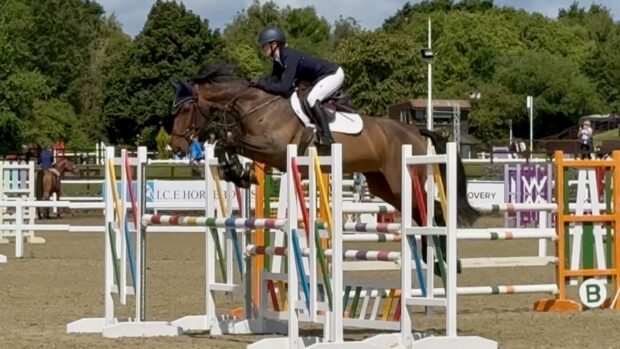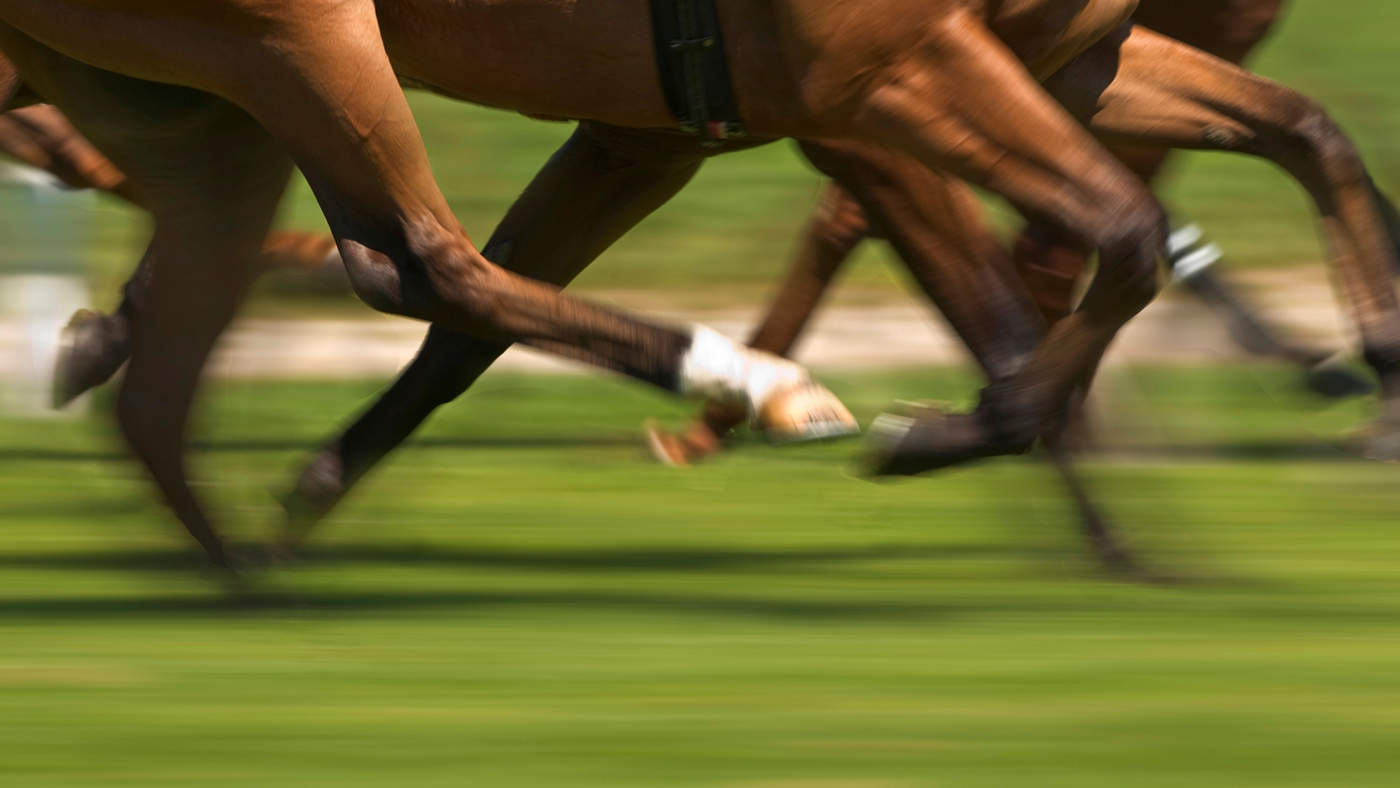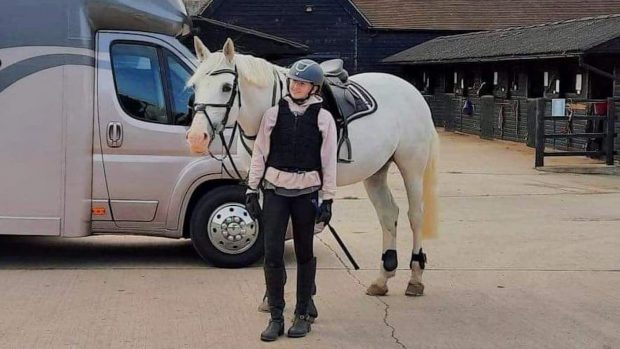Horses still occasionally fracture their legs while racing, although, luckily, it is a comparatively rare occurrence. It is important to understand why such fractures happen, because if there is a common reason, changes in the management of either racecourse or the racing calendar could be made.
A study performed at the University of Liverpool, funded by the Horserace Betting Levy Board, investigated whether there are common factors to explain why either a horse suffers a fracture or if certain races had specific reasons why injuries occur during them.
The first part of the study (view article here >>) identified why some horses may be at an increased risk of sustaining such a serious injury. The second part of the study investigated why features of a particular race may result in an increased risk of fracture. This identified 109 races over a two-year period in which a serious fracture to the lower limb occurred.
The same information was gathered on each of these races. It was compared with three randomly chosen races of the same type (such as hurdle, steeplechase or all-weather) run in the UK within five days of the race in which the injury occurred, as well as three randomly chosen races of the same type in the UK in the same calendar year.
Two significant findings were that longer races and races with more runners carried an increased risk of horses sustaining a serious lower limb fracture. While this was a highly statistically significant finding, it may be no more than a reflection of the fact that there were more horses at risk during a greater period of time in longer races with more runners.
Although it might be expected that shorter races would show an increased risk, since they are generally run at a faster speed, there was no evidence that this was the case. In fact, the speed of the race had no effect on serious fracture incidence.
The possibility that such injuries occurred more frequently in races with greater numbers of runners as a consequence of direct contact between runners was shown not to be the case in a previous study assessing videos of races. This showed serious injuries were not commonly associated with physical contact between horses.
An important finding was that the condition of the course had implications for the risk of the horse sustaining a serious fracture. First, the risk was altered substantially through variation in the declared going on the day of racing. Horses were 2.6 times more likely to sustain serious fractures in races run on good to firm or firm surfaces. This supports other studies that identified the going as vital to the risk of injury.
Further research has identified key relationships between the risk of fracture and the condition of the course. In particular, the going at the previous meeting was found to have a significant bearing on the risk of fracture at the next meeting at the same course. If the going was any firmer than soft during the previous raceday, the risk of serious fracture increased.
The risk was also associated with the length of the period between meetings. If the race occurred within nine days of the previous meeting, there was an increased risk of serious limb injury. The risk was greatest at one day after the previous meeting and decreased significantly up to nine days. If the period between meetings was more than nine days, there was no further decrease in risk.
It is likely that the going at the previous meeting will affect the condition of the course at the next meeting. If the surface is uneven, the balance of forces through the horses limb are likely to be altered, increasing the risk factor.
It appears that the maintenance of the course is vital, and the increased risk when meetings are held close together may reflect difficulties in repairing damage before the next meeting.
The ground condition, or going, is a potentially controversial area. The Jockey Club recommends that racecourse managers aim to provide good to firm ground for flat racing and good ground for jump racing. Most British courses have some form of irrigation that can be used to alter the going. The use of such systems can be difficult due to changeable weather and the imprecise nature of forecasts. In hot weather, it can be difficult to water sufficiently to make appreciable changes in the going.
Despite this, there is good evidence that going has a strong influence on risk of injury during racing. More research is needed to understand fully what is required to minimise the risks. The challenge now is to develop techniques that will provide a durable surface that reduces injury risk while withstanding repeated racing in a British climate.
|
||
 |
||


 Get up to 19 issues FREE
Get up to 19 issues FREE TO SUBSCRIBE
TO SUBSCRIBE 


